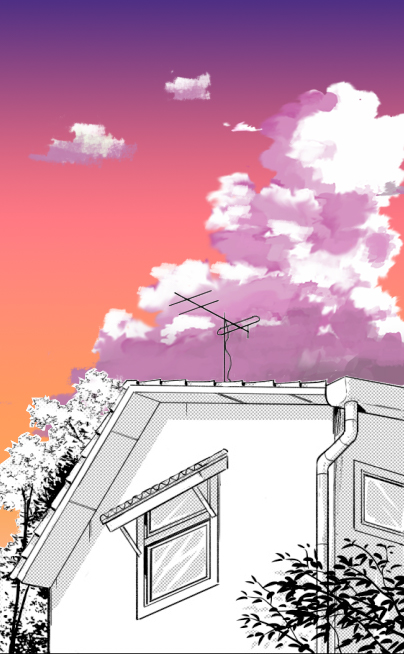
You might be new to anime or a weeb— a non-Japanese person who is so obsessed with Japanese culture they wish they were Japanese— but you can never deny the aesthetics each anime provides. Those same aesthetics make one daydream about creating an anime— at least I know I’ve dreamt of it. Many might even wish to bring their own story to life, by drawing out a manga, which gets an anime adaptation. However, not many know the process of getting the show aired. Producing an anime is nothing short of a heroic task— a lot of money and work is poured into each drawing made for the anime. And it’s the producer who puts it into motion.
Let’s Make an Anime!
The producer at the company approves of the anime. Many big manga publishers have one, as do several companies like Bandai Visual. Usually, the idea isn’t to make a great, stand-alone TV series; it’s more about building on a marketing opportunity. After all, with an anime on TV, even in a late-night time slot, the increased visibility can give sales of the original works a boost. Once the decision to get a project on air is made and the manga artist is on board, the job of the producer is to find the money to air the show. Most of the time, this means starting a Production Committee.
A Production Committee is formed explicitly between a group of companies to create something entertaining for its audience. The producer meets with these companies which could also benefit from the show being made, and tries to convince them to pitch in. The opportunities are endless— a DVD publisher, video game company, or even an ad agency are all examples of companies who could benefit from the show as well. After a few meetings, the Production Committee discusses release dates, plot points, and any deviation from the original story. Overseas release, marketing, and even the merchandise are also discussed.
All Hail the Gensakusha!
While the members might not hold equal amounts of power, the one who has the most is the Gensakusha, the manga artist. While this sounds fair, the system doesn’t quite work that way. Manga artists are often hunched over their desks, perfecting each panel. It’s their publisher’s job to act as the agent, ensuring everything is made to the artist’s liking.
However, the demands that are made are often bizarre. They may ask for a horrible translation or wish for the manga artist to appear at the Oscars, provided it gets an American release. There is no telling whether these demands are by the artists or by the publisher trying to exert control. This doesn’t guarantee the artist will be pleased with the final result. If a show is going in a direction the manga artist doesn’t like, they have limited options to do anything about it. After all, the contracts have been signed, and it’s too late to pull out of the project.
Who’s Looking Over Our Finances?
The producer now has two responsibilities: to make sure that the show is well made, and recover all the money that the Production Committee spent in the first place.
Creating an anime that appeals to a lot of people, and marketing that shows well is the only way most anime can hope ever to make back its production cost. The fans have to enjoy it enough to support it, either with DVD purchases or in buying merchandise. Once it’s released, the producer can only sit and wait to see what the ratings are like, how the feedback is, and how the sales numbers are.
By now, the producer supplies the show to international web streaming services, such as Crunchyroll. The staff has to work overtime to be able to send in the final show securely and get them everything they need to market the anime effectively. Finally, the producer can sell international DVD rights.
Son, Are Ya Winning?
Very few shows are immediate successes. Initial sales are the best indicator of whether a show will make back the Production Committee’s investment. In reality, most anime take several years to equalise. One longtime anime executive predicted that, given enough time, 70% of all anime eventually turn a profit. This happens over years of TV reruns, back catalogue DVD sales, and re-releases internationally. The process is seldom rewarded quickly.
Anime has changed from the early 90s. From My Neighbour Totoro to Kimi No Na Wa, and from Naruto to Demon Slayer, the style, production, and the money spent has increased and improved. And yet, in our hearts, these anime are still the same— making us fall in love with Japan and capture our imagination with those aesthetics.
Written by Kaavya Azad for MTTN
Featured Image by Dileep for MTTN
Leave a Reply
You must be logged in to post a comment.